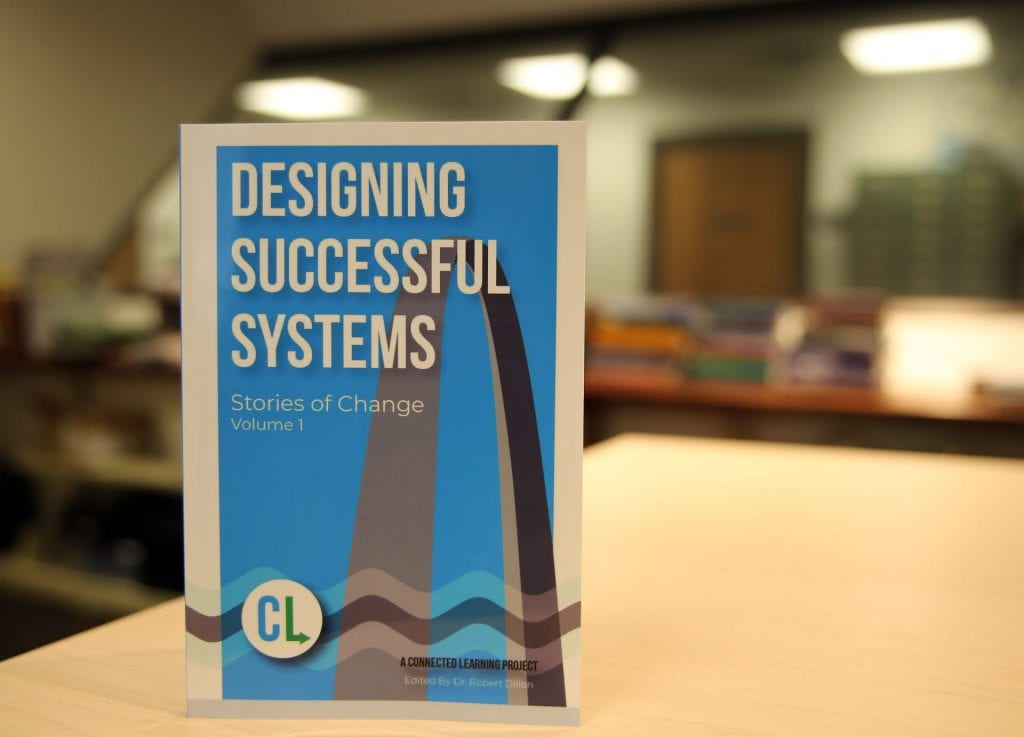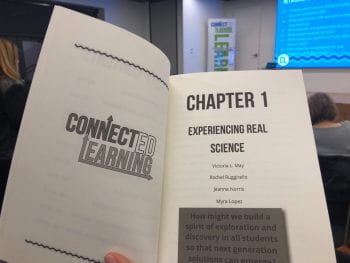Think back to your elementary and middle school science experiences. What were you taught? How were you taught? Chances are, you may not remember much about science in your elementary school. In middle school, you might remember your textbook and taking turns reading the textbook out loud in class. Maybe you remember the occasional egg-drop challenge or microscope lab. Imagine, for a moment, a child who will have science memories of algae photobioreactors, penguin habitats, pizza farms, erosion windbreaks and space missions. What would be possible for a child who has a rigorous, relevant science experience starting from kindergarten to eighth grade?
A new book co-authored by members of the Institute for School Partnership at Washington University explores how an ISP developed science curriculum called mySci is transforming K-8 science education in the St. Louis region. The book, “Designing Successful Systems: Stories of Change, Volume 1,” was spearheaded by local education nonprofit Connected Learning, and independently published.
Last summer, the ISP team joined with other local education professionals to share their stories around programs of change in public and private schools.
ISP contributors include Victoria May, ISP executive director and assistant dean in Arts & Sciences; Rachel Ruggirello, ISP associate director; Jeanne Norris, ISP curriculum coordinator; and Myra Lopez, ISP communication manager.
The ISP chapter, “Experiencing Real Science,” examines how the mySci program is creating the next generation of critical thinkers and problem solvers by removing barriers for teachers and supporting them in implementing high-quality STEM instruction in their classrooms. In addition, the chapter showcases the power of regional partnerships between K-8 schools and higher education.
“Stories of Change,” is a three-part series designed to share the hard work and dedication of teachers in classrooms, schools dedicated to modern learning, and school districts striving for a greater definition of success. Each volume was published independently.
February 2019 | by, Myra Lopez

